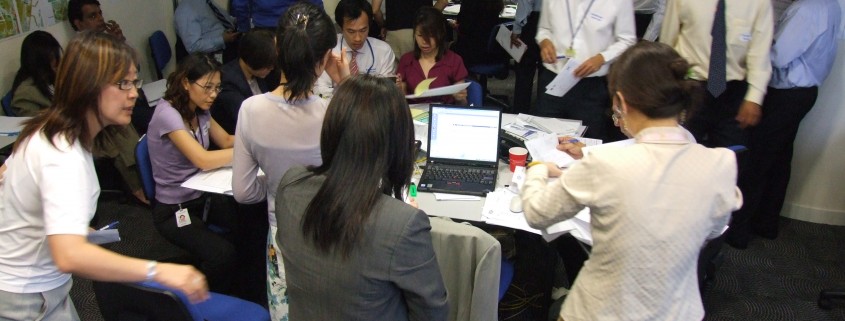Planning basics for a crisis management simulation
How prepared are your people and teams for the pressure of a crisis?
Have we checked the effectiveness of our crisis management plan? Are our staff familiar with it? Have the procedures changed recently? Is it still current or is it sitting on a shelf? I strongly believe that these are some of the questions that many of the management have to deal with when it comes to Crisis Management.
All the above questions can be answered when an organisation is ready to go the extra mile in preparing simulation options to validate your plans, rehearse your procedures and prepare your people, from strategic senior management level to the tactical level and operational front line staff.
Simulation should be designed not as a test that can be failed but a process that enables an organisation to apply and minimise impact during any crisis situation and it should allow staff to develop and gain confidence in their roles.
Simulation should be developed and delivered to meet a specific crisis management objective or as part of a developmental programme designed to increase the crisis readiness of our organisation on an on-going basis. The scale of the simulation should be based on you organisation’s need, the complexity of your organisation and the maturity of your crisis management team.
Crisis Management Simulation Options
These are some of the methods that can be used to validate your plans, rehearse your procedures and prepare your people. You could start a simulation ranging from a simple walk-through of crisis response plans and table top simulations to multi-agency, resource-intensive simulations of crisis scenarios, played out in real-time.
- Crisis Management Plan Walk-through
- Scenario Based Workshops
- Table Top Simulations
- Full Simulation Simulations
- Live Simulations
Methodology
The methodology you choose to perform your crisis management simulation is crucial as it will drive you through from the initial meeting, scope, objectives to the delivery of a post-simulation report and recommendations. This will also lead you in preparing the simulation architecture, design the scenario and plans, work on the supporting documentation and preparation of “players”, observers, and supporting staff as well as delivering the event on the day and gathering feedback.
About the Author
 Murugan is currently the Assistant Vice President for GMH Continuity Architects office based in Malaysia. Murugan has vast experience in development and deployment of Business Continuity Management Projects/Program/Workshops for Banks & Financial Institutions (Local & International), Information Technology, and World-Class Event Management. He has also managed and actively involved in IT Outsourcing engagement largely for financial institution and other industries namely Data Centre Services, Media Management, Service Desk and Contact Centre Services and was also responsible to drive performance across the organization, guiding collaborative teams, to implement strategic initiatives to protect the company’s business operation. Appointment within BCM Institute Murugan. M is an Instructor with BCM Institute.
Murugan is currently the Assistant Vice President for GMH Continuity Architects office based in Malaysia. Murugan has vast experience in development and deployment of Business Continuity Management Projects/Program/Workshops for Banks & Financial Institutions (Local & International), Information Technology, and World-Class Event Management. He has also managed and actively involved in IT Outsourcing engagement largely for financial institution and other industries namely Data Centre Services, Media Management, Service Desk and Contact Centre Services and was also responsible to drive performance across the organization, guiding collaborative teams, to implement strategic initiatives to protect the company’s business operation. Appointment within BCM Institute Murugan. M is an Instructor with BCM Institute.




